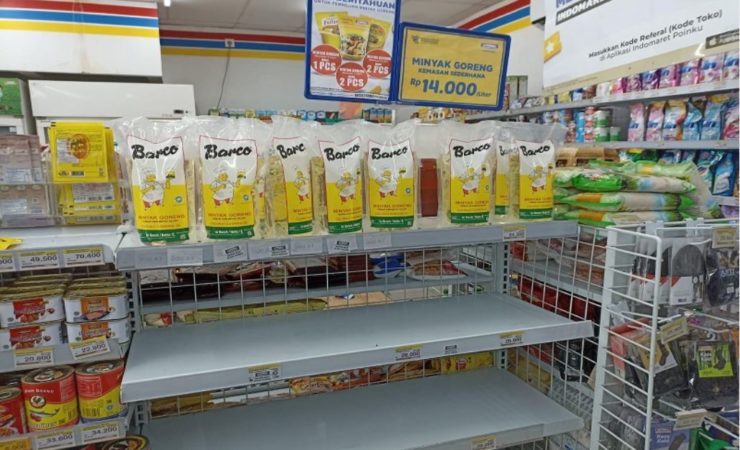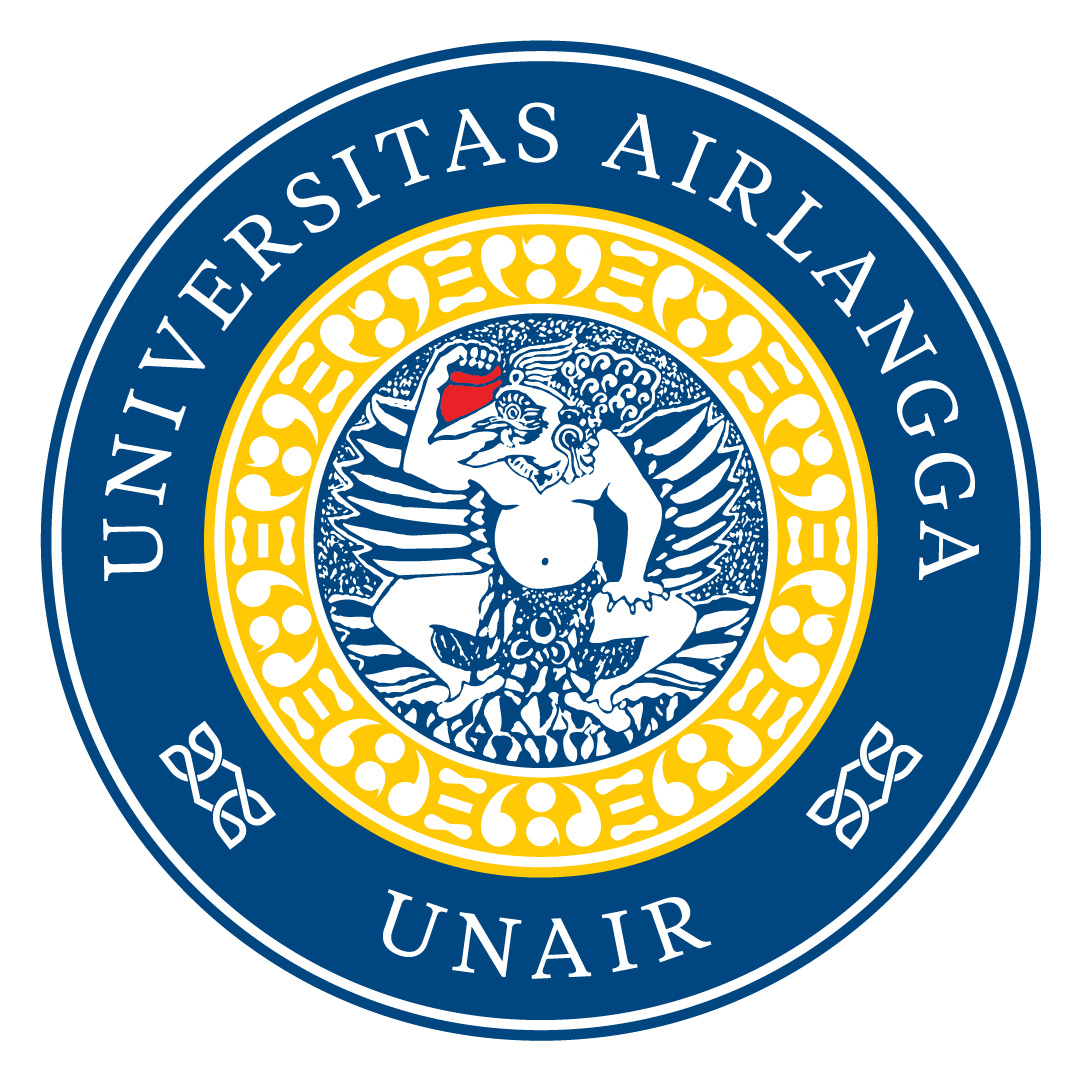Professor of Natural Product Chemistry from Universitas Airlangga Explains How to Deal with Cooking Oil Shortages

Nanik Siti Aminah; Professor of Natural Product Chemistry, Department of Chemistry, Universitas Airlangga
Since the end of 2021 until today, the news of cooking oil shortages has been dominating the headlines. In some regions, there are still long lines to obtain cheap cooking oil, although the numbers have greatly reduced. For the first time in history, cooking oil has become a scarce commodity in Indonesia, an irony for the world’s largest palm oil producer. People have to queue to get one or two liters of cheap cooking oil from market operations.
Indonesia has experienced a decline in cooking oil production around the period of 2002-2007 when the country started to aggressively pursue biodiesel. However, this decline did not result in a shortage of cooking oil. The price of cooking oil began to rise in November 2021. The government intervened by setting a fixed price of Rp 14,000 per liter. However, this was not followed by sufficient supply, as evidenced by the difficulty in finding oil at that price.
After the government allowed the price of packaged cooking oil to be set according to economic value, packaged cooking oil slowly began to appear on the market, albeit at a high price. Could the government’s allocation of Rp 6.19 trillion in cooking oil direct cash assistance (BLT) to 20.65 million beneficiary families, with Rp 300,000 per recipient distributed in April 2022, be a solution to the rising prices of cooking oil? Perhaps “yes,” but only temporarily, as a long-term solution is needed. In this regard, the author outlines the quality of coconut-based cooking oil and its production techniques.
Sources of Cooking Oil
The main source of cooking oil in Indonesia today is palm oil. However, there are many alternatives, including coconut meat, corn, sunflower seeds, sesame seeds, soybeans, grape seeds, and rice bran.
Coconut meat is the most abundant and easiest alternative source for the public to produce, making it the most feasible recommendation as a palm oil substitute. Various studies reveal the advantages and disadvantages of palm oil and coconut oil.
One of the most notable chemical properties of both is that coconut oil contains more saturated fat compared to palm oil, making coconut oil more stable at high temperatures and less prone to oxidation.
Minor amounts of secondary metabolite compounds such as vitamin E and various phenolic compounds in cooking oils, whether from palm or coconut, add tremendous value in terms of their biological activities. These include antimicrobial, antiviral, antiparasitic, anti-inflammatory and analgesic, antioxidant, cardiovascular protective, antiproliferative, and anticancer activities.
Coconut Production
Besides being the world’s largest producer of palm oil, Indonesia is also the world’s largest producer of coconuts, producing no less than 18 million tons per year. Based on reports from the Department of Agriculture in 34 provinces, coconut production varies, except in DKI Jakarta. Riau province was the highest producer from 2018-2021, averaging 393,518 tons/year over the last four years. These coconut trees mostly grow in rural areas, especially coastal regions, making it possible for communities to process coconut meat into coconut oil. This activity can be carried out by individual families or in groups. Village heads can establish coconut oil production businesses through village-owned enterprises (BUMDes), and market them commercially after meeting village needs, thus preventing queues for cooking oil.
Coconut oil production is straightforward, and anyone can do it at home with simple equipment. Here is an example technique to produce coconut oil at home: First, grate or crush the coconut meat and separate the coconut milk from the pulp using added water. The thick coconut milk obtained is heated at boiling point for several hours until the water and oil separate. The oil, still mixed with protein lumps called “blondo,” is then separated using filtration techniques. The thick coconut milk is placed in a large glass bottle and left for 20-24 hours. Lactic acid bacteria in the air, which have the ability to break protein bonds, work on the coconut milk. After 24 hours, four layers form. The bottom layer is a sticky sediment, and the second layer that looks like thin skim milk is separated. The third layer is oil, called VCO. The top layer, floating fermented curds, contains trapped oil, which can be separated by filtration.
Based on the above description, it can be concluded that Indonesia, as the world’s largest producer of palm and coconuts, can use coconut fruit as an alternative to produce coconut oil with quality equal to or better than palm oil. Rural communities can be empowered to produce coconut oil using simple technology. Economic independence can start from the family, group, and village levels.
Republished from the source: https://www.republika.id/posts/27675/menghadapi-kelangkaan-minyak-goreng

